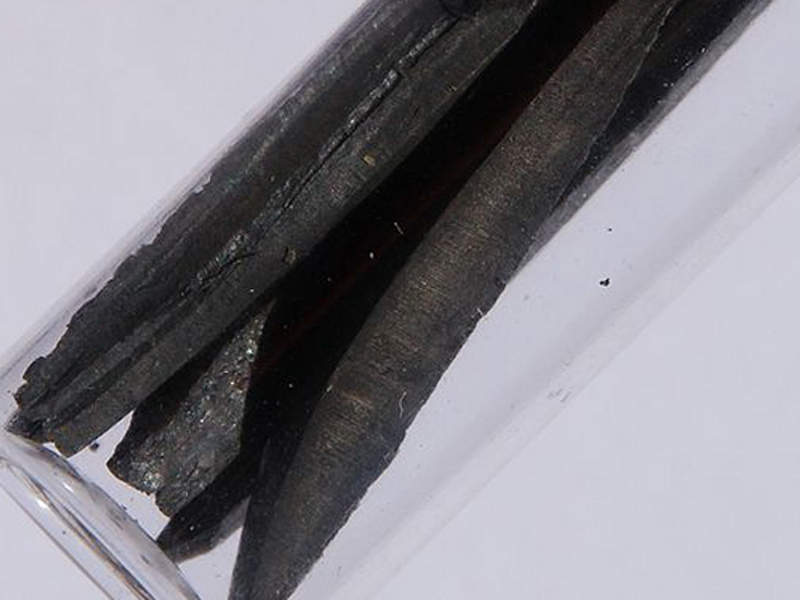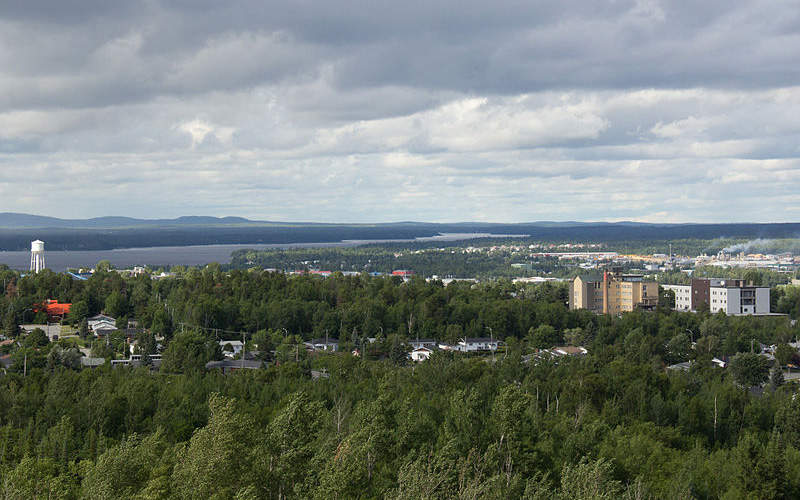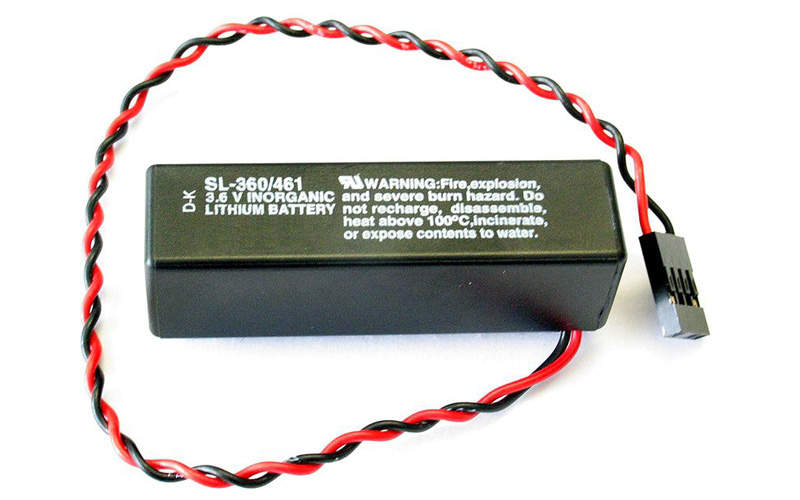The Authier Lithium project is located in one of the prime mining centres in northern Quebec, Canada.
Situated approximately 45km from the city of Val-d’Or, the mine is expected to produce 121,590t of lithium oxide (Li₂O) at a rate of 6,755t a year (t/y) over its estimated 18-year lifespan.
A preliminary economic assessment (PEA) for the project was completed in January 2012.
Australian mining company Sayona Mining acquired the project from Glen Eagle Resources for C$4m in July 2016, and Sayona initiated a pre-feasibility study (PFS) in February 2017. The PFS demonstrated the technical and financial possibility to develop an open-cut mining operation with a processing facility to produce the lithium concentrate.
The development is estimated to require a capital investment of C$89.9m ($69m), while construction is scheduled to commence in 2019 and commissioning is expected by the second quarter of 2020.
Authier Lithium project geology and mineralisation
The geology of the mine comprises intrusive units of the La motte pluton to the north and preissac pluton to the south, while the centre contains volcano-sedimentary lithologies of the Malartic group.
The mineralisation is hosted in a spodumene-bearing pegmatite intrusion and is related to multiple pulses of spodumene-bearing quartz-feldspar pegmatite. Higher lithium grades are found in high concentrations of mid-to-coarse spodumene crystals in mid-to-coarse grained pegmatite facies.
Mineral reserves at the Canadian lithium mine
As of September 2018, the Authier Lithium project is estimated to contain total reserves of 12.10Mt grading 1.02% Li₂O.
The proven reserves are estimated at 6.10Mt grading 0.99% Li₂O while the probable reserves are estimated at 6Mt grading 1.02% Li₂O.
The mine will produce chemical-grade lithium concentrate, which is used to manufacture batteries, lubricants, aluminium smelting and pharmaceuticals.
Sayona Mining expects the lithium concentrate produced by the mine to find a good market since the demand for lithium-ion battery technology in the consumer electronics and electricity storage/distribution sectors is increasing.
Mining and processing at Authier Lithium project
The lithium mine will be developed using open-cut methods, including the drill and blast process and conventional bulk mining.
The mining fleet will include hydraulic excavators and dump trucks to deliver ore to a run-of-mine (ROM) stockpile.
It will also include 46t rigid body dump trucks, a 125t excavator, and a mixed ancillary fleet for load and haul operations.
A lithium processing plant designed with a capacity to process 700,000tpa of ore feed and produce 5.75% Li₂O concentrate will be built at the project site.
It will use conventional flotation technology, which is suitable to process the pegmatite ore. The units / processes included in the plant design are a three-stage crushing unit, a ball mill grinding unit, a mica-flotation unit, a spodumene flotation unit, a magnetic separation process to reduce the iron content of the concentrate, a concentrate dewatering and drying unit, and a tailings filtering unit.
Infrastructure at the lithium mine
The project site is located 45km from Val d’Or and 20km from Amos, which are both accessible through a national highway and a high-quality rural road network located 5km east of the project.
Being a major mining centre, Val d’Or provides an experienced workforce and other mining-related support.
Once fully operational, the mining operations at the site are expected to require 7.2MW of power. An electricity grid located 5km east of the project site will supply low-cost hydroelectric power, which will be sufficient to power the operations.
With an extensive network across the country, Canada National Rail is located close to the project site. The nearest rail is located at Cadillac and will provide connectivity to export shipping ports. It will also connect to the cities of Montreal and Quebec.
The Ontario Northland Railway and North American rail system will help to connect the western part of the country.
Contractors involved
The PFS for the project was compiled by SGS Canada and Bumigeme while the PEA was completed by Bumigeme.






